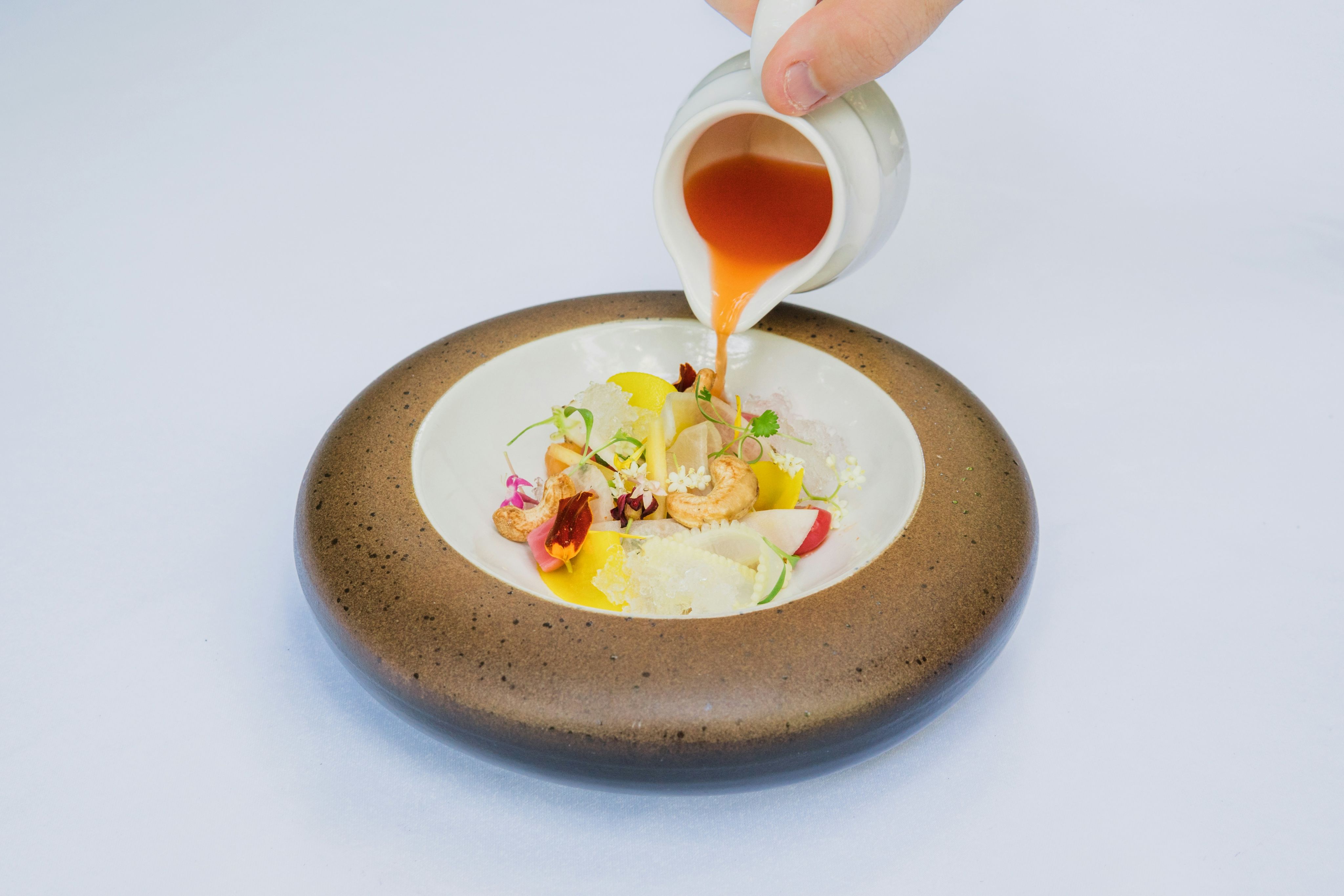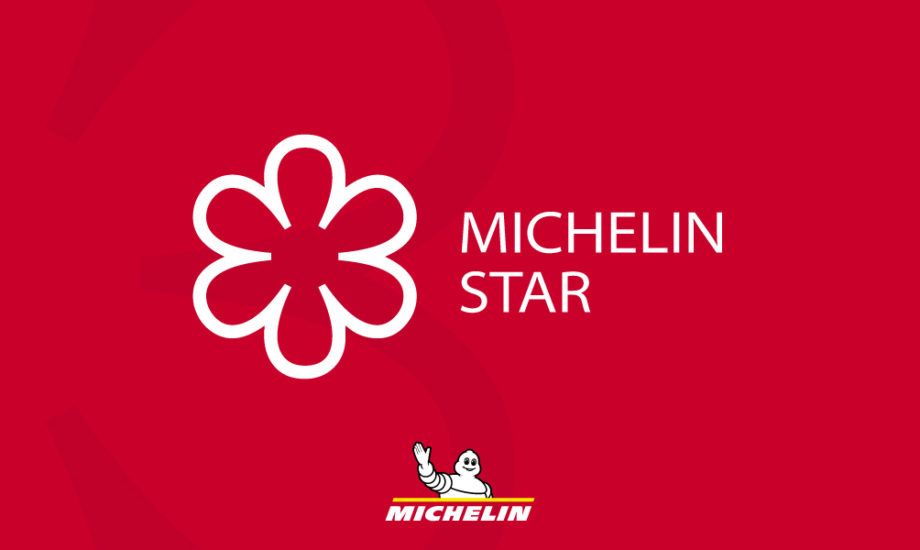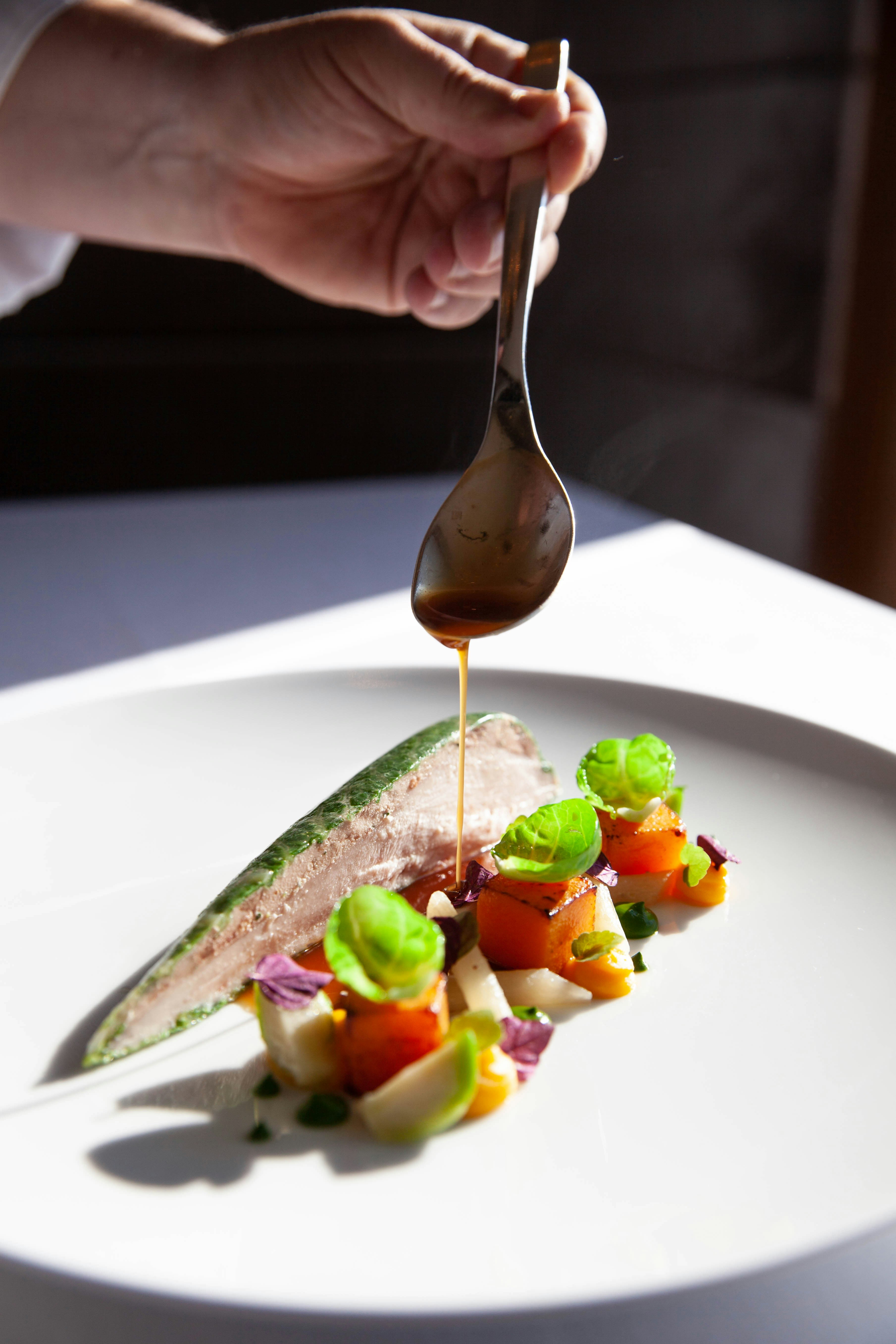What It Takes to Earn a Michelin Star

The goldest of stars. The crème de la crème of culinary awards. Chefs across the world spend an entire career's worth of time achieving just one Michelin star. It is the pinnacle of success - an achievement that signifies artistry, consistency, and world-class quality in the kitchen.
But while the term “Michelin Star” is well-known, the actual process behind awarding these coveted distinctions remains cloaked in mystery and intrigue.
The History Behind the Stars
The Michelin Guide began in France in 1900, not as a culinary publication, but as a free travel guide created by the Michelin tyre company to encourage road travel. Over time, the guide began including restaurant reviews, and by 1926, it introduced the now-iconic star rating system. A single star indicated a “very good restaurant,” two meant “worth a detour,” and three promised an experience “worth a special journey.”
Fast-forward to today, and the stars are among the most prestigious honours a chef or restaurant can receive. But they don’t come easy, and that’s exactly what makes them so respected.
The Michelin Inspectors: Who Are They?
Michelin Stars are awarded by anonymous inspectors who dine at restaurants without revealing their identity. These inspectors are full-time employees of Michelin and come from professional backgrounds in food, hospitality, or restaurant management. They follow strict guidelines to ensure fairness and consistency across different regions and cuisines.
As a culinary student, it’s worth noting that these inspectors dine multiple times (usually 3) at a restaurant before a decision is made, consistency is absolutely key.

What Do They Look For?
Contrary to popular belief, Michelin doesn’t reward luxury or extravagance alone. In fact, the evaluation focuses purely on what’s on the plate. The core criteria used by inspectors are:
- Quality of ingredients
- Mastery of flavour and cooking techniques
- Personality of the chef as reflected in the cuisine
- Value for money
- Consistency of food across multiple visits
As you can see from the criteria, the "excellence" isn’t about fancy ingredients or opulent surroundings—it’s about skill, balance, and a deep understanding of the food you create. That's why as students, mastering the basics and implementing your personality in the food you make is emphasized so much.
One, Two, or Three Stars?
Each level of Michelin Star carries a distinct meaning:
- ❀: A very good restaurant in its category. It’s the starting line for greatness—achievable, but only through precision and discipline.
- ❀ ❀: Excellent cooking that is worth a detour. At this level, the technique and harmony of dishes must be remarkable.
- ❀ ❀ ❀: Exceptional cuisine that is worth a special journey. Few restaurants reach this level, and those that do are globally recognised.
Restaurants are reviewed annually, and stars can be added or taken away. That’s why sustaining quality year after year is just as important as earning the star in the first place. Hence why chefs that seek this accolade are constantly in the business of innovating their cuisine.
The Road to the Stars Starts with Your Education
As a culinary student, you may dream of leading a Michelin-Starred kitchen one day. That dream is valid, but it begins with a strong foundation. Learning to respect ingredients, refine your techniques, and develop your own culinary identity are the stepping stones to excellence.
And there’s no better place to begin than in a classroom and kitchen designed to nurture those ambitions.
Start Your Culinary Journey with Reliance College
At Reliance College, our Diploma in Culinary Arts is designed for students who aim to be more than just cooks. You’ll gain real-world experience, learn from industry professionals, and master the techniques that form the backbone of Michelin-level cuisine.
So, if you’re ready to pursue a future where your food tells a story, and where one day, your name might appear in a world-renowned guide. Click the button below to find out more!

